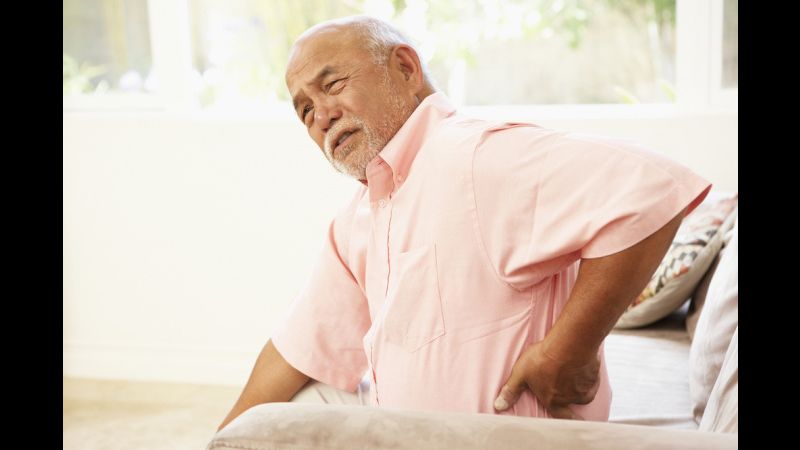When you start to experience back pain, you may take some aspirin and hope it goes away shortly. But after a few days, the pain is still there, so you decide to see your doctor. After you finish explaining your symptoms, your doctor suggests one of these two actions: getting an x-ray or an MRI scan. Sound familiar?
Receiving an x-ray or an MRI has been the common practice for quite some time when older patients see their doctor concerning lower back pain. After all, doctors perform these scans in hopes of discovering a quick solution to the problem. However, a new study suggests that x-rays and MRIs are ineffective in combating back pain.
Why X-Rays and MRIs May Be Ineffective
This new study coming from the University of Washington studied a total of 5,239 senior patients who did not have radiculopathy, a condition that affects spinal nerves and roots. Out of the total 5,239 patients, 1,523 patients received either an x-ray or an MRI scan within six weeks of experiencing the initial back pain, but this did not seem to improve the patients’ back function and pain a year later.
Researchers found that those who did receive the preventative x-ray or MRI scan were just as likely to experience lower back pain and pain-related leg disability a year later than those who did not. Researchers also suggest that these early images may only lead to an increase in costs without adding much benefit to the patient’s health.
So if x-rays and MRIs are ineffective in combating back pain, why do doctors recommend it to so many older patients? One of the biggest reasons why doctors recommend older patients receiving an x-ray or MRI is because it is one of the easiest ways to pinpoint any underlying problems that may be threatening the patient’s overall health (even though there is not strong evidence to support this idea). Another reason is because these scans are typically covered by Medicare, which cancels out the cost factor that would concern some patients.
Even though this study suggests that x-rays and MRIs are ineffective, this does not completely disregard the benefits of receiving one of these scans – it simply serves as a reminder that generally accepted medical practices may not always be the best course of action.
When to Get an X-Ray vs. an MRI
It’s a common misconception that an x-ray and an MRI scan serve the same purpose for both doctors and their patients, but this simply isn’t the case. There are certain times when an x-ray is the best tool to use, and other times when an MRI scan is the better tool. Here’s how to tell the difference: x-rays are typically used for finding broken bones or skeletal defects, while MRIs are used to discover soft-tissue or disc damage.
Strengthening your lower back now is one of the best ways to reduce your risk of experiencing extreme back pain later in life. To build up lower back strength, follow these simple tips:
- Exercise in a chair
- Practice yoga
- Build up your core strength
- Stop smoking
It’s also essential that you stay active with back pain. Trust us – this sounds harder than it actually is. You may be wondering how you can exercise through the pain, but staying active with back pain can be as simple as correcting your posture and drinking plenty of water. It’s actually quite common to experience lower back pain as we age (also called an aging spine), but by following those simple steps, you’ll be able to build up your lower back strength in no time.

